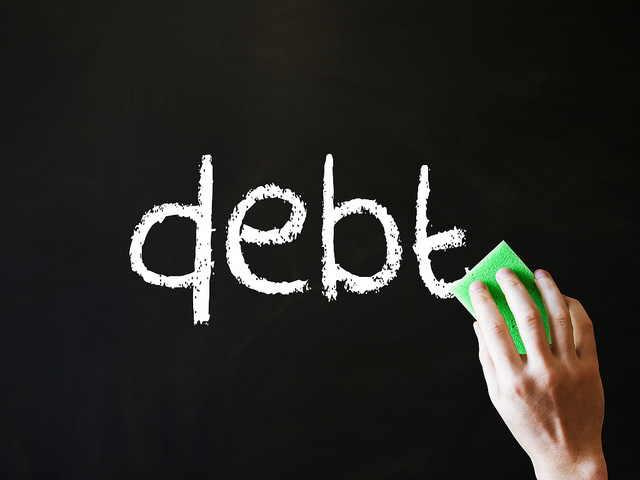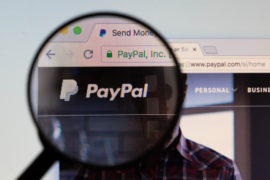Last Updated on Dec 24, 2019 by James W
Credit card debt in the US is a major problem. The average American household carries a balance of around $5,700. The worst part about this debt is the high interest rate that most credit cards bring with them. Some cards carry interest rates that exceed 20 percent. Over time, this can add up to a significant amount of money. High levels of debt are also tied to higher levels of stress, which can mean poor health and poor family relations for those who have such debt. Getting out from under this debt is an important step toward a more stable financial and emotional situation. Here are some tips that can help.
Set Up A Snowball Or Avalanche
Frequently, those who have credit card debt will have multiple accounts they have to make payments toward each month. The minimum payments can add up to a significant amount of money, and they might barely cover the interest that’s accumulated over the course of a month. This means that those making the minimum payment could be paying off even a relatively small debt for years. Therefore, it’s a very good idea to pay more than the minimum due to accelerate the payoff horizon.
There are two common recommendations when it comes to paying off debt with current cash. The first is called the debt snowball, and it’s the recommendation of Dave Ramsey, a leading personal finance personality. This method requires a debtor to pay the minimum on all debts and put any additional money that’s available toward the smallest outstanding debt until it’s paid in full. Then the money that went to the smallest debt will roll into the smallest debt that’s left. Debtors will continue this process until the final debt is paid off. This method does not take the interest rates of the respective debts into account.
The second option is the debt avalanche. This requires the debtor to arrange the debts in order of the interest rates they charge. The debt avalanche requires debtors to pay the minimum on all debts but the one with the highest interest rate. Any extra money would go to the debt with the highest interest rate until it’s paid off. While the avalanche makes the most mathematical sense, research shows that the debt snowball works better for most people.
Introductory Credit Card Rates
Those with good credit might have another option to cut down on the interest they have to pay. Many credit cards will offer introductory 0% rates on balance transfers as an enticement to get more people to sign up. It’s possible for those to transfer the balances on high-interest credit cards to those with very low interest. In this instance, more of the monthly payment will go toward paying down the actual debt. This should reduce the balance more quickly. With a relatively high credit limit, it’s possible to use interest-free credit cards as a sort of debt consolidation loan.
As long as the debt on a credit card gets paid off by the end of the introductory period, there might be no interest due. After the card starts charging interest, the rate could go from 0% to 15% or 20%. Then it would be time to open another card with an interest-free balance transfer option and pay more of the debt down.
Debt Consolidation Loan
While interest-free credit card options can provide a great deal of debt help, some people might opt for an actual debt consolidation loan. These loans will usually have a lower interest rate than credit cards. This feature will cut down on the amount of interest a person will have to pay over time.
Another great benefit debt consolidation loans can provide is the ability to make only one payment a month. A debt consolidation loan will also have a fixed period, and as long as a debtor pays the minimum each month, the debt will be gone at the end of that period. There is no need to keep up with multiple minimum payments. There is only one to make each month. This one minimum payment will frequently be less than the sum of the multiple minimum payments were before. This could improve overall cash flow and might allow for additional payments toward the debt.
Over time, getting debt help to get out of debt can help a person improve their credit scores. Higher scores mean lower interest rates when it comes time to borrow for a home mortgage. Having a low level of debt and a high credit score could actually benefit a potential borrower to the tune of tens of thousands of dollars. Additionally, getting out of credit card debt can mean less overall stress in a family’s life. Less debt is generally better, and choosing one of these strategies to get rid of credit card debt can provide benefits for years to come.




